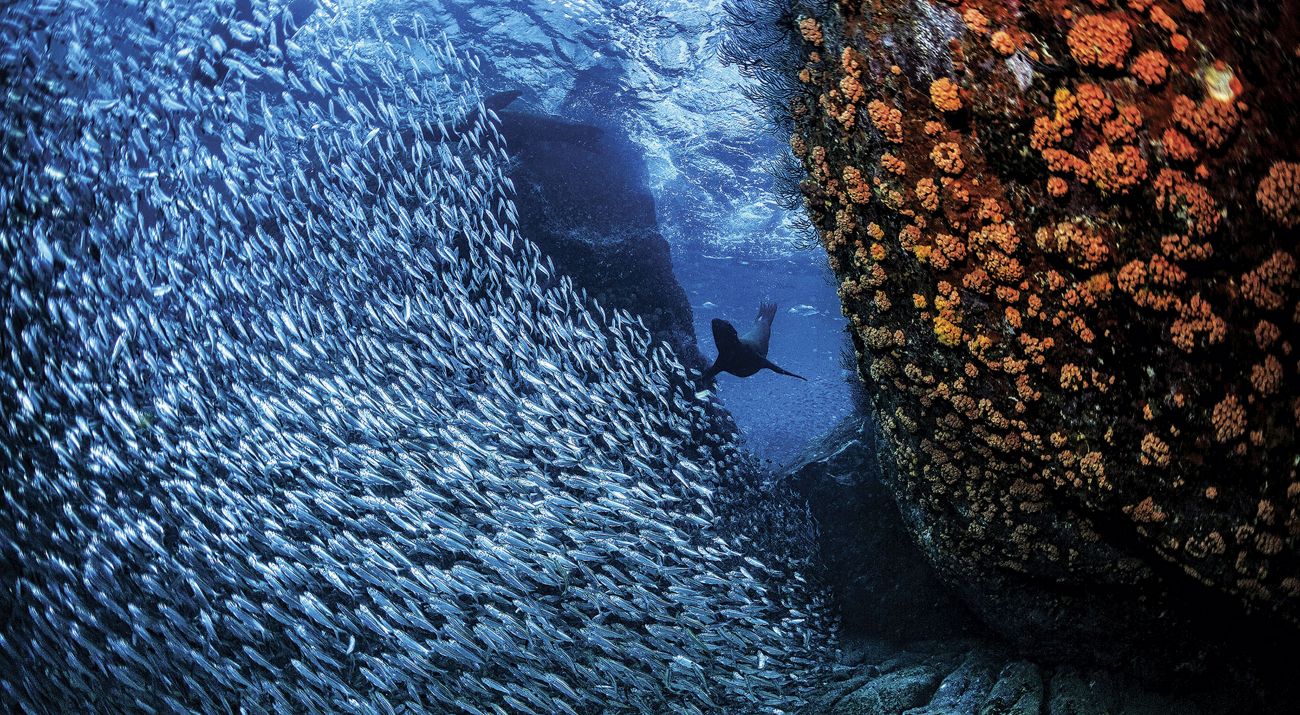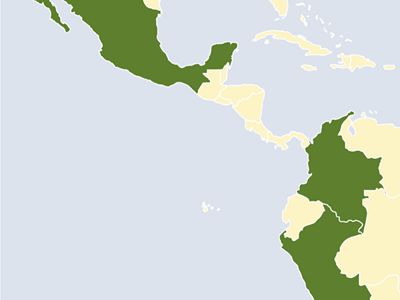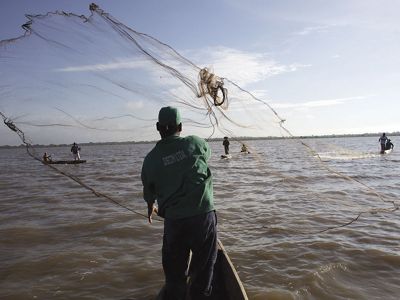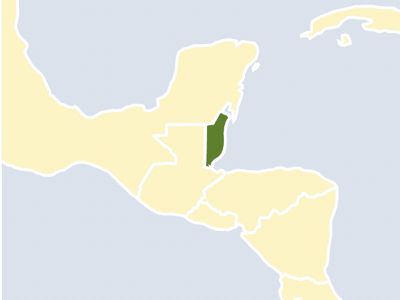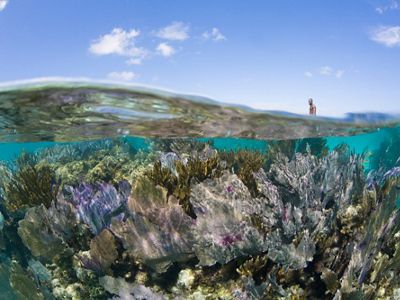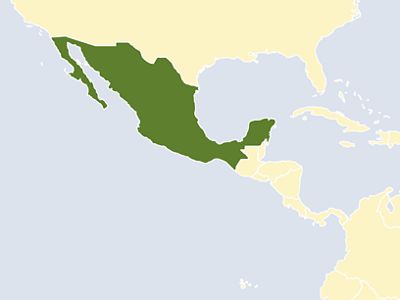Protecting nature in Latin America and ensuring plentiful water, food and energy for the region are not conflicting goals. Nature and human development are both central factors in the same equation. Modern conservation is about finding innovative ways so that both can thrive
Quote: Fabián González Cota
The sea has been my livelihood. It has fed my family. Now I am giving something in return.
From the dazzling blue waters of Mexico’s Baja California to the towering, ancient forests of Chile’s Valdivian coasts, TNC is transforming how lands and waters are used and conserved for the benefit of people and wildlife.
Building on the 60-year land protection legacy for which TNC is known, we partner with indigenous people and local communities to strengthen their rights and roles as environmental stewards. We engage corporations and governments to ensure infrastructure investments flow to projects that meet environmental, economic and community objectives. We spur forward-thinking policies that amplify the scale and speed of conservation.
Protecting nature is our heritage; it is also the only way to ensure our future.
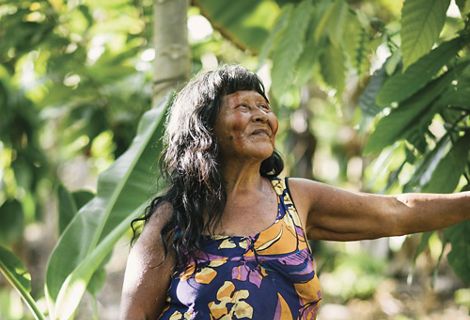
Keepers of the Amazon
Nearly the size of the continental United States, the Amazon is the world’s largest tropical forest, home to 10% of all species, the source of one quarter of the world’s fresh water .
